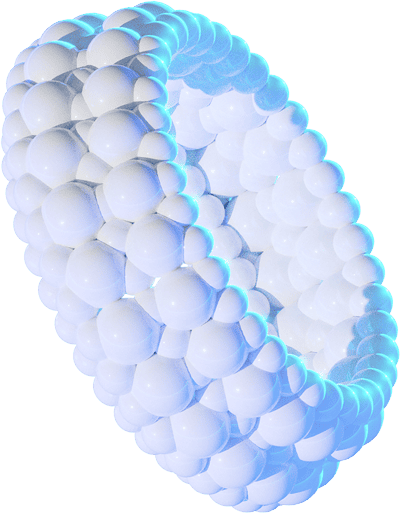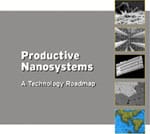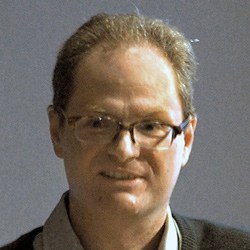

“The Technology Roadmap for Productive Nanosystems charts a path beginning with current nanotechnology capabilities to advanced systems. The Roadmap is a first attempt to lay out a step-by-step course of development that must take place to move from one stage to another, with milestones for achieving each step. With the support and collaboration of our partners, The Waitt Family Foundation and Battelle, we identify the gap between the basic nanostructured materials of today, and the potential of productive nanosystems.”
—Foresight Nanotech Institute



Chancellor's Professor of Chemistry and Materials Science, UC Berkeley, and Director, Materials Sciences Division, Lawrence Berkeley National Laboratory

Research Fellow, Foresight Nanotech Institute

Chief Technical Advisor, Nanorex

University of Texas-Houston Institute of Molecular Medicine - NanoMedicine

Deputy Director for Science and Technology, Brookhaven National Laboratory

Professor of Chemistry and Applied Physics, California Institute of Technology and Director, Materials and Process Simulation Center

President, William A. Haseltine Foundation for Medical Sciences and the Arts

Managing Director, Draper Fisher Jurvetson

Chairman of Avalon Capital Group and the Waitt Family Foundation

Vice President, BioProducts and Nanostructured Materials, Battelle

Professor, Department of Chemistry and Chemical Biology, Division of Engineering and Applied Sciences, Harvard University

Vice President, Foresight Nanotech Institute

Chief Technology Officer, Zyvex

Chief Research Officer and Deputy Laboratory Director, Oak Ridge National Laboratory

Professor of Chemistry, New York University and President, International Society for Nanoscale Science, Computation and Engineering

CEO of Ardesta, Chairman of Gateway

Board of Trustees Professor of Chemistry, Northwestern University
For a complete list of researchers who contributed material or attended Working Group sessions, see the Working Group page.

the leading biotechnology industry group

the leading power industry research organization

the leading nanotechnology business association

an international society advancing an interdisciplinary approach to the science and application of light.

the leading organization for the development and integration of nanotechnology

the leading global industry association for equipment, materials and service companies enabling micro- and nano-scale manufacturing

the world's leading professional society supporting manufacturing education